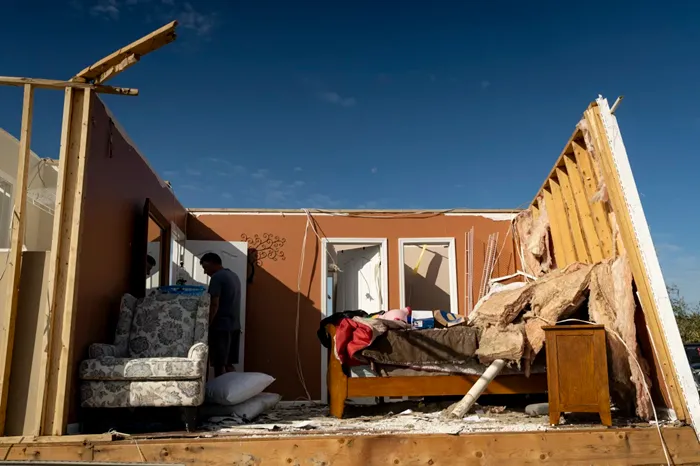The cost of homeowners insurance is rising sharply across parts of the U.S. frequently hit by tornadoes — but it’s not twisters that concern insurers most. According to experts, hail is the primary factor driving up premiums in regions such as Kentucky, Nebraska, Arkansas, and Texas.
Insurers are hiking rates as extreme weather disasters grow more frequent and expensive. In Kentucky alone, insurance premiums have surged 35% compared to several years ago, following deadly storms that recently claimed at least 19 lives. Similar premium increases have been reported in neighboring states.
Though tornadoes pose a severe risk to life, their localized impact makes them less of a financial liability for insurers than hail, which often blankets wide areas and causes extensive property damage. According to Scott St. George of insurance broker WTW, hail is responsible for as much as 80% of insured losses from severe convective storms each year, including those that also spawn tornadoes.
The frequency and severity of hail events have grown, pushing insurers to adjust coverage and raise premiums. Ben Keys, a professor at the Wharton School, notes that these trends are pushing insurers to respond more aggressively to manage risk.
Nationwide, homeowner insurance premiums have increased by an average of 24% in recent years. As more people move into disaster-prone areas — from hurricane-vulnerable coasts to wildfire-prone rural zones — insurance becomes costlier. Rebuilding damaged homes is also more expensive due to inflation.
Climate change plays a role in the increasing intensity of storms, though scientists are still studying how it affects tornado and hailstorm patterns. Data from the National Weather Service shows a higher-than-average number of tornadoes in the Midwest this year, but it’s unclear whether that’s a long-term trend. However, larger and more frequent tornado outbreaks, and a shift in seasonal timing, are being observed.
Researchers also suggest that a warming climate could produce larger hailstones, further compounding damage. Insurance experts, like David Marlett of Appalachian State University, warn that insurers will likely continue reducing roof coverage and raising rates to reflect growing risk.
While some states offer discounts for homes made more resilient — such as those with fortified roofs — the savings are often too small to offset the upfront costs, making it a tough financial decision for many homeowners.
Ultimately, while stronger construction can reduce hail damage, it offers limited protection against major tornadoes. As Marlett notes, “At some point with a tornado, you simply can’t build a structure that’s going to withstand that.”
Related Topics:
Korea: Insurance Companies Face Challenges in Bond Redemption

